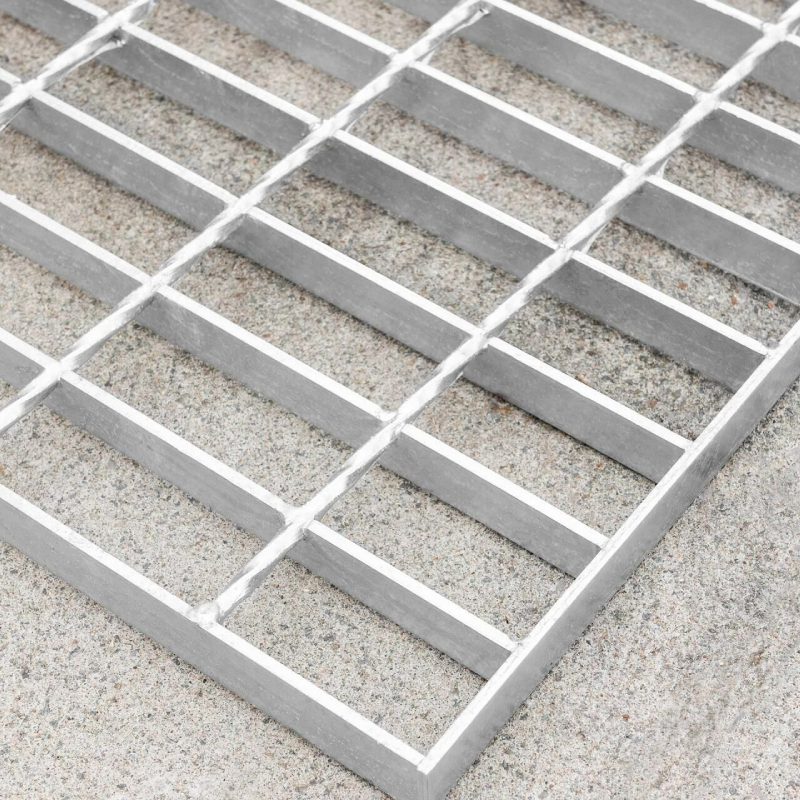Trellis Net for Plants Maximizing Growth and Yield
Gardening enthusiasts and agricultural professionals alike continuously seek innovative methods to enhance plant growth and maximize yield. One such method that has gained popularity is the use of trellis nets for plants. A trellis net serves as an essential tool for supporting climbing plants, improving air circulation, and ultimately leading to a more fruitful harvest. This article will explore the benefits, applications, and best practices of using trellis nets in various gardening and farming scenarios.
What is a Trellis Net?
A trellis net is typically made from nylon, polyethylene, or other durable materials designed for outdoor use. These nets are crafted with a grid-like structure, allowing plants to attach themselves and climb upwards. This vertical growth not only saves space but also makes the plants more accessible for maintenance and harvesting. Trellis nets can be used for a wide range of climbing plants, including tomatoes, cucumbers, beans, peas, and even flowers like clematis and sweet peas.
Benefits of Using Trellis Nets
1. Space Efficiency One of the primary advantages of trellis nets is their ability to maximize space. In smaller gardens or balconies, vertical gardening allows for more plants to be grown in a limited area. By guiding plants upward, more sunlight exposure and air circulation are achieved, which promotes healthier growth.
2. Improved Air Circulation Good air circulation is crucial for preventing diseases in plants. Trellising helps reduce humidity around the foliage by allowing air to flow freely. This is particularly important for crops susceptible to fungal infections, such as tomatoes and cucumbers.
3. Easier Harvesting With plants growing vertically on a trellis net, harvesting becomes much more manageable. Gardeners can easily access fruit and vegetables without rummaging through foliage, reducing the risk of damage to the plants and their produce.
4. Increased Yield Climbing plants generally produce a higher yield compared to their bush counterparts. By providing the necessary support, trellis nets enable plants to produce more fruit by maximizing sun exposure and minimizing the risk of rot and pest invasion.
5. Aesthetics Trellis nets can also contribute to the beauty of a garden. They provide structure and visual interest, especially when adorned with flowering plants. This is particularly beneficial in ornamental gardens where aesthetics play a crucial role.
trellis net for plants

Applications in Home Gardens and Commercial Farming
Trellis nets can be effectively utilized in various gardening contexts. For home gardeners, using trellis nets is a fantastic way to create an organized and visually appealing garden space. Vertical gardening not only enhances aesthetics but also offers practical advantages in smaller areas, such as patios or urban environments.
In commercial farming, trellis nets are invaluable for maximizing crop yields while minimizing land usage. Many farms are turning to vertical agriculture as a sustainable method of boosting productivity. The use of trellis nets allows for increased density of planting without compromising plant health, making it a viable method for both organic and conventional farming.
Best Practices for Installing Trellis Nets
To get the most out of trellis nets, it is essential to install them correctly. Here are some best practices to follow
1. Choose the Right Net Different plants have unique growth habits; therefore, selecting the appropriate netting material and size is crucial. For instance, a heavier net may be necessary for larger fruiting plants like tomatoes.
2. Install Early To ensure that plants can climb effectively, install the trellis nets at the time of planting. This permits the plants to grow onto the trellis rather than trailing on the ground.
3. Secure the Base Ensure that the trellis is anchored securely to withstand the weight of the plants as they grow. This stability is vital for healthy development and yield.
4. Regular Maintenance Monitor the growth of plants and adjust the support as needed. Pruning may also be necessary to encourage better airflow and light penetration.
In conclusion, trellis nets are a powerful tool for optimizing plant growth and increasing yield in gardens and farms. By supporting climbing plants, improving air circulation, and facilitating easier harvesting, these nets offer practical solutions for both casual and professional growers. As gardening practices continue to evolve, incorporating trellis nets is an effective strategy to transform any growing space into a haven of productivity and beauty.
-
Versatility of Expanded Aluminum Metal for Various Applications
NewsMay.19,2025
-
The Geometry of Steel Gratings: Why It Matters
NewsMay.19,2025
-
Reinforcement Applications of Perforated Mesh in Masonry
NewsMay.19,2025
-
Essential Tools for Installing a Deck Mesh Railing
NewsMay.19,2025
-
Anti-Slip Flooring Made with Stainless Expanded Mesh
NewsMay.19,2025
-
Adjustable Steel Grating for Uneven Terrain
NewsMay.19,2025
Subscribe now!
Stay up to date with the latest on Fry Steeland industry news.

